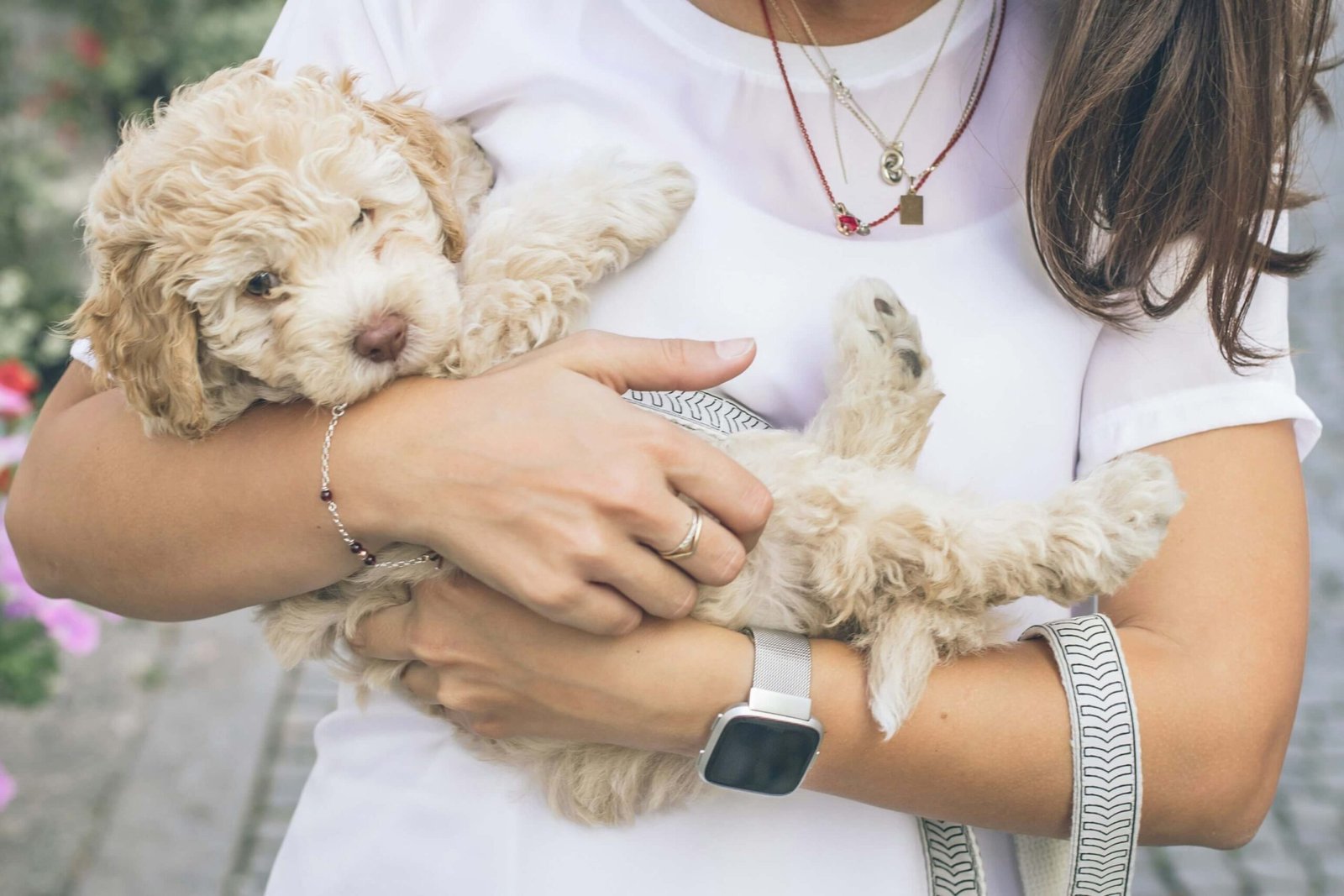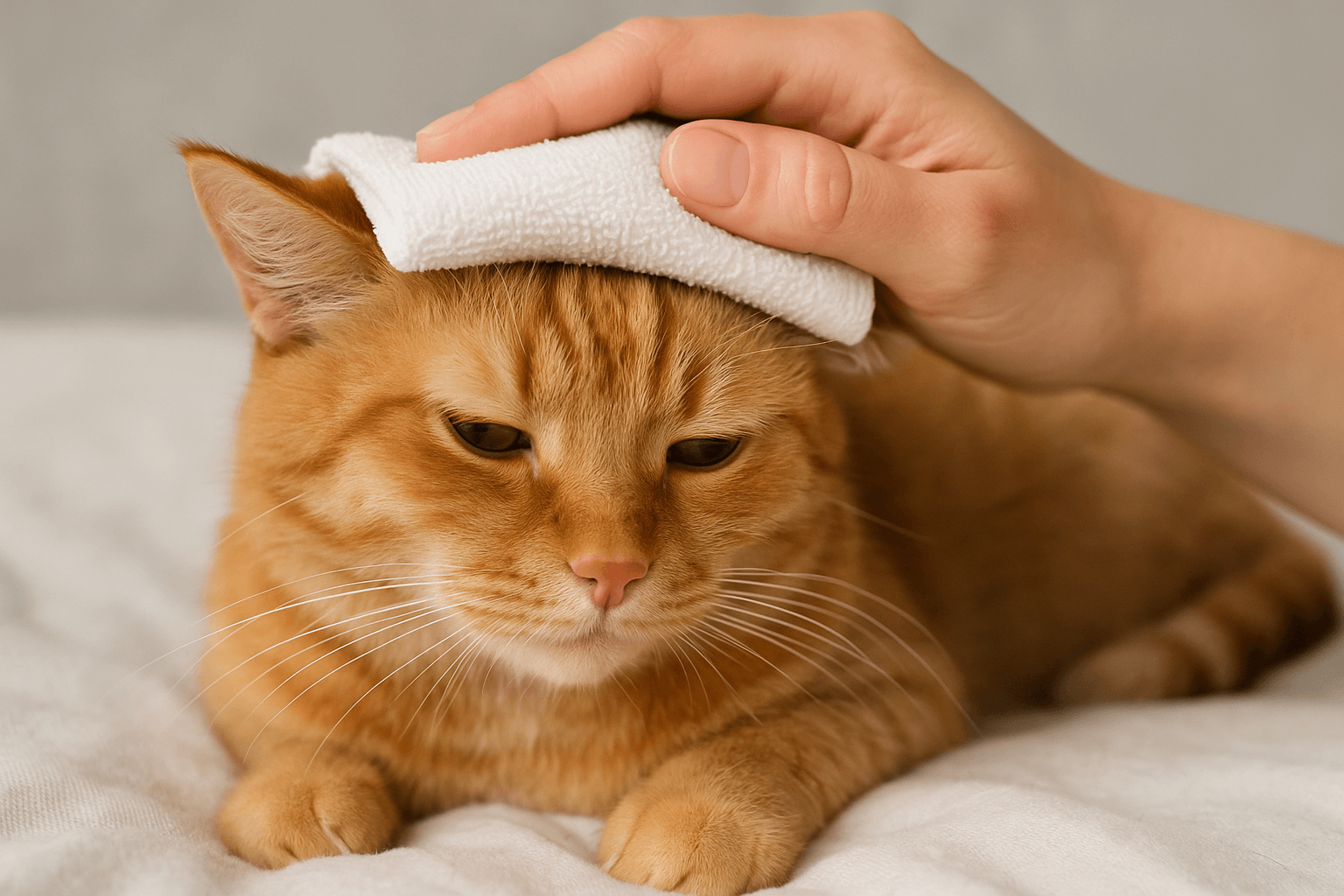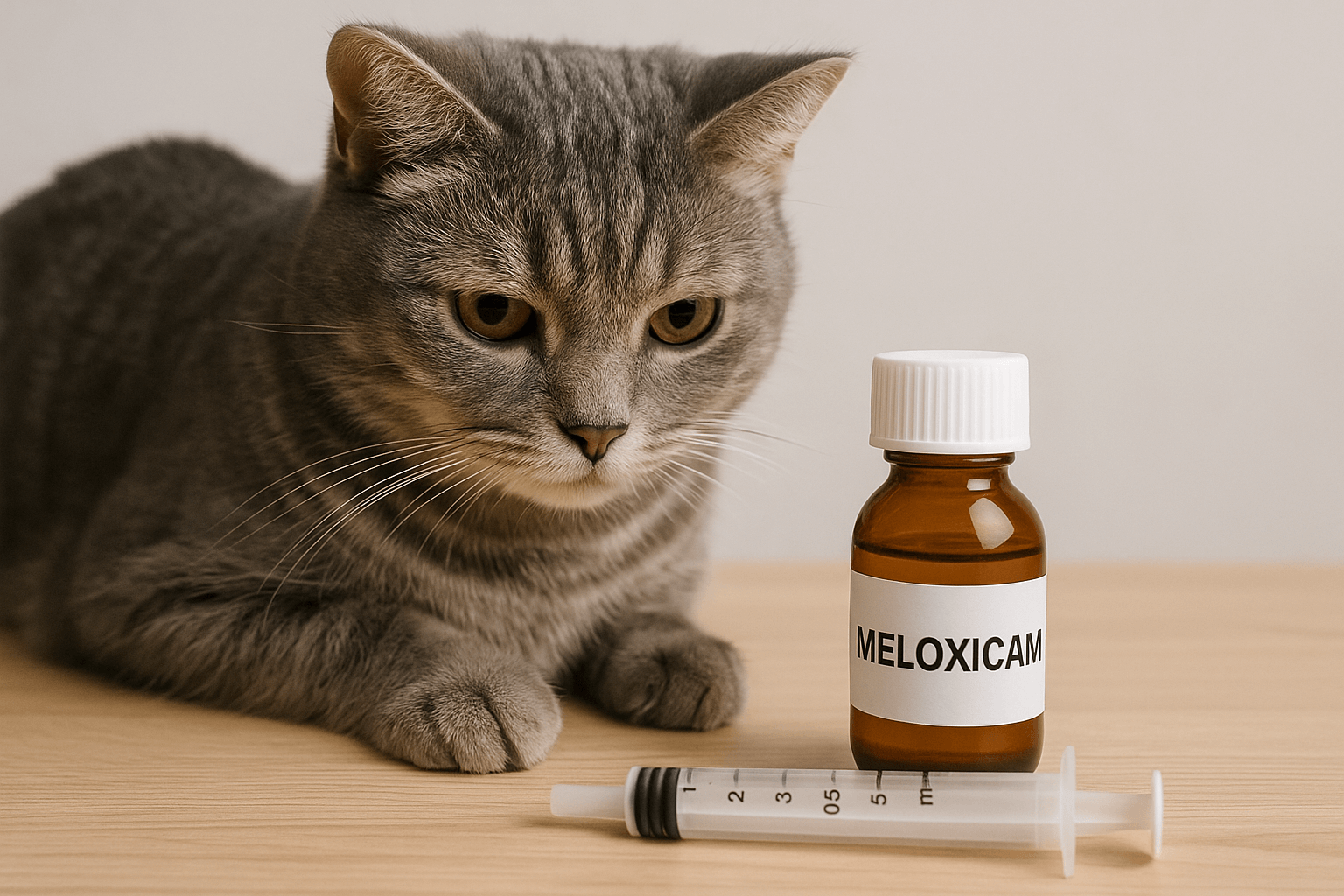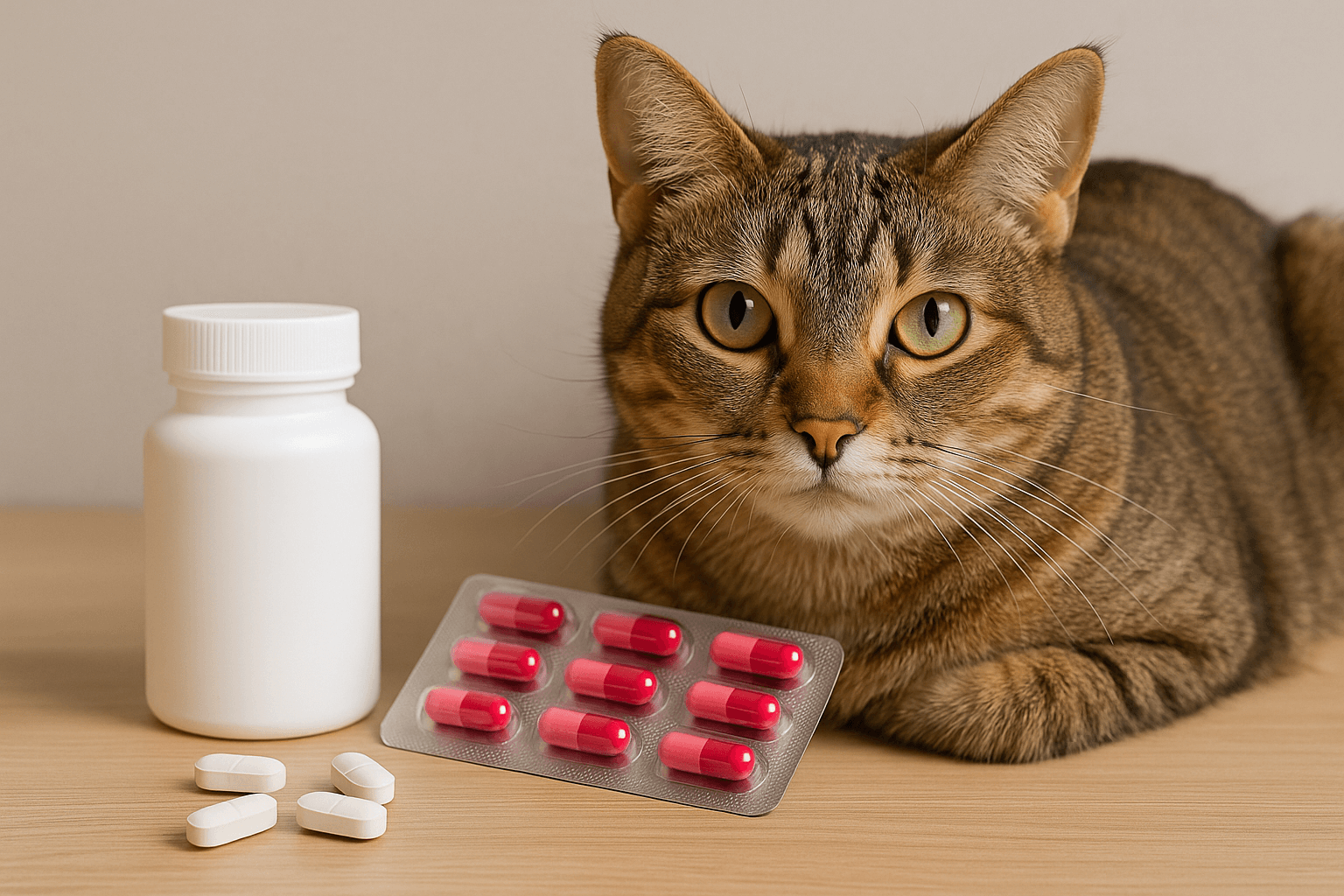Warning Signs After Spaying Your Dog
Spaying is a common and highly beneficial surgical procedure for female dogs, offering numerous health and behavioral advantages. However, like any surgery, it comes with a recovery period that requires careful monitoring. While most dogs recover without complications, there are warning signs that pet owners should be aware of to ensure their dog’s well-being. Recognizing these red flags early can make all the difference in preventing minor issues from becoming serious problems. In this guide, we’ll explore what to watch for after spaying your dog, how to respond, and steps you can take to support a smooth recovery.
Immediate Warning Signs After Surgery
After spaying, some symptoms may indicate complications that require immediate attention. Being vigilant in the first few days post-surgery is crucial to catching potential issues early.
Excessive Bleeding:
A small amount of blood or discharge is normal, but excessive or continuous bleeding from the incision site is a cause for concern.Swelling or Redness Around the Incision:
Mild swelling may occur, but significant redness, heat, or puffiness could signal infection or irritation.Difficulty Breathing:
Labored or rapid breathing may indicate an allergic reaction to anesthesia or another serious issue.Vomiting or Diarrhea:
Occasional nausea is common after anesthesia, but persistent vomiting or diarrhea can lead to dehydration and needs medical attention.Lethargy Beyond Normal Recovery:
While some tiredness is expected, extreme lethargy or inability to stand could point to complications like internal pain or infection.
If you notice any of these warning signs, contact your veterinarian immediately to ensure your dog receives prompt care.
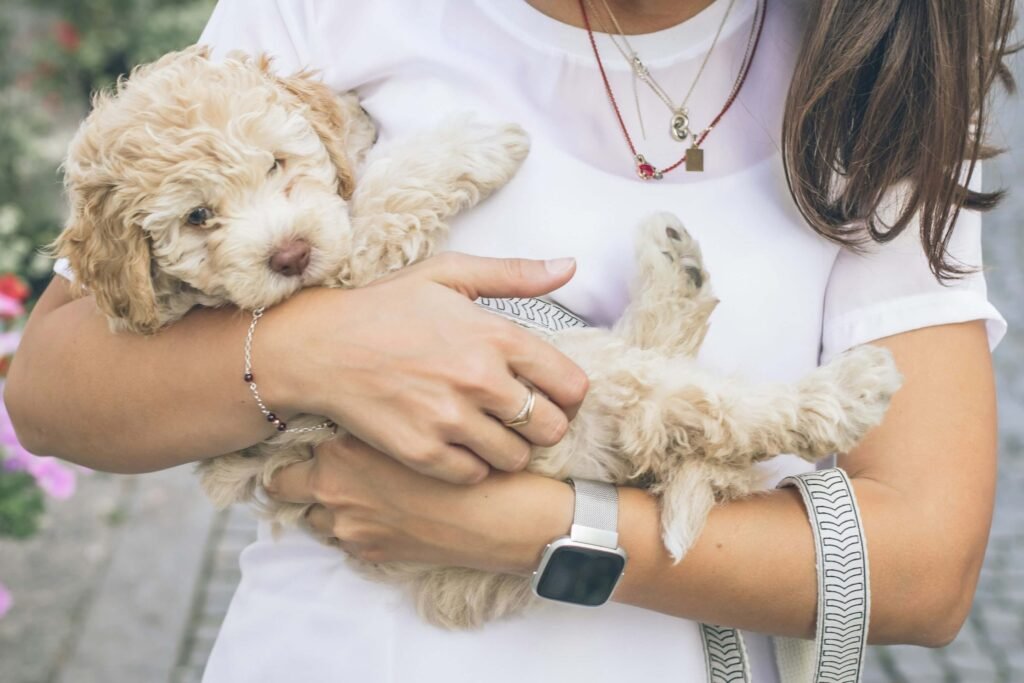
Behavioral Changes That May Indicate Problems
In addition to physical symptoms, changes in your dog’s behavior can also signal underlying issues after spaying. Paying attention to these subtle cues can help identify problems early.
Refusal to Eat or Drink:
A temporary loss of appetite is normal, but if your dog hasn’t eaten or drunk water for more than 24 hours, it’s time to consult your vet.Excessive Licking or Chewing at the Incision Site:
Constant licking or chewing can irritate the wound and increase the risk of infection.Aggression or Unusual Irritability:
Pain or discomfort may cause your normally friendly dog to act aggressively or withdraw from interaction.Restlessness or Inability to Settle:
Dogs in pain often struggle to find a comfortable position, pacing or shifting frequently.Hiding or Seeking Isolation:
If your dog suddenly seeks solitude or hides more than usual, it could indicate discomfort or stress.
Addressing these behavioral changes promptly can prevent further complications and ensure your dog feels safe and comfortable during recovery.
Check this guide 👉Female Dog Behavior Change After Spaying: Best 7 Tips!
Check this guide 👉Spayed Dog Bleeding Years Later: Best 7 Health Tips!
Check this guide 👉How Long Does It Take to Spay a Dog? Best 7 Expert Tips!
Normal Post-Spay Symptoms | Warning Signs Requiring Attention |
|---|---|
Mild swelling around the incision | Excessive bleeding or oozing pus |
Temporary lethargy | Difficulty breathing or rapid panting |
Reduced appetite for 1-2 days | Persistent vomiting or diarrhea |
Slight discomfort when moving | Aggressive behavior or severe pain |
Occasional whimpering | Swelling, redness, or warmth at the site |
How to Care for Your Dog After Spaying
Proper post-operative care plays a vital role in ensuring a smooth recovery for your dog. Here are some essential tips to help you provide the best care possible.
Limit Physical Activity:
Restrict jumping, running, or playing for at least 10-14 days to allow the incision to heal properly.Prevent Licking or Chewing:
Use an Elizabethan collar (cone) or protective clothing to keep your dog from irritating the incision site.Monitor the Incision Daily:
Check the area daily for signs of infection, such as redness, swelling, or discharge.Administer Medications as Prescribed:
Follow your vet’s instructions carefully when giving pain relievers or antibiotics.Keep the Area Clean and Dry:
Avoid bathing your dog and ensure the incision remains dry to promote healing.
By following these care guidelines, you can minimize the risk of complications and support your dog’s recovery process.
When to Call the Veterinarian
Knowing when to seek professional help is key to ensuring your dog’s safety after spaying. Don’t hesitate to reach out to your vet if you notice any of the following signs.
Fever or Elevated Temperature:
A fever could indicate an infection, so monitor your dog’s temperature if possible.Discharge That Smells Foul:
Any foul-smelling discharge from the incision site is a sign of infection that requires treatment.Open or Gaping Wound:
If the incision opens or appears to be gaping, it may need stitches or additional care.Pain That Doesn’t Improve:
If your dog continues to show signs of pain despite medication, further evaluation is necessary.Unexplained Weight Loss or Weakness:
Significant weight loss or weakness could point to internal complications requiring urgent attention.
Prompt communication with your veterinarian ensures your dog receives timely care and avoids long-term issues.
Common Mistakes to Avoid During Recovery
While caring for your dog after spaying, certain mistakes can hinder their recovery. Avoiding these pitfalls ensures a smoother healing process.
Allowing Too Much Activity Too Soon:
Encouraging play or exercise before the incision heals can lead to complications like reopening the wound.Skipping Follow-Up Appointments:
Missing check-ups means potential issues may go unnoticed until they worsen.Removing the Cone Prematurely:
Taking off the cone too early increases the risk of your dog licking or chewing the incision.Ignoring Subtle Symptoms:
Dismissing minor changes in behavior or appearance can delay treatment for serious problems.Using Over-the-Counter Medications:
Administering human painkillers or antibiotics can harm your dog instead of helping them.
Steering clear of these errors supports a safer and more successful recovery.
Foods to Aid Recovery
Nutrition plays a crucial role in your dog’s healing process after spaying. Incorporating specific foods can boost their immune system and speed up recovery.
High-Quality Protein Sources:
Lean meats like chicken or turkey provide essential amino acids that aid tissue repair.Omega-3 Fatty Acids:
Fish oil or flaxseed supplements reduce inflammation and promote faster healing.Hydration-Rich Foods:
Adding wet food or broth to meals helps keep your dog hydrated during recovery.Antioxidant-Rich Vegetables:
Carrots, spinach, and sweet potatoes supply vitamins that strengthen the immune system.Limited Treats and Processed Foods:
Avoid overfeeding treats or processed snacks, which lack nutritional value and may upset digestion.
A balanced diet tailored to recovery supports your dog’s overall health and resilience.
Emotional Support During Recovery
Recovery isn’t just physical—it’s emotional too. Providing comfort and reassurance helps your dog feel secure during this vulnerable time.
Stay Close and Comforting:
Spend extra time near your dog to reassure them and reduce anxiety.Maintain a Calm Environment:
Keep noise levels low and create a peaceful space where your dog can rest undisturbed.Offer Gentle Affection:
Petting or speaking softly provides emotional support without causing physical strain.Stick to Familiar Routines:
Maintaining regular feeding and walking schedules offers stability during recovery.Watch for Signs of Depression:
Lack of interest in toys or interaction may indicate emotional distress requiring attention.
By addressing both physical and emotional needs, you foster a nurturing environment that promotes healing and happiness.
Frequently Asked Questions About Post-Spaying Care
How long does it take for my dog to recover after spaying?
Most dogs recover within 10–14 days, but full healing may take up to four weeks.
Can I bathe my dog immediately after surgery?
No, avoid bathing your dog for at least 10 days to prevent infection.
Why is my dog coughing after being spayed?
Coughing can occur due to irritation from the breathing tube used during anesthesia; however, persistent coughing warrants a vet visit.
Should I feed my dog special food after spaying?
Regular food is fine, but monitor portion sizes to prevent overeating and weight gain.
What should I do if my dog removes her stitches?
Contact your vet immediately to assess whether re-stitching is necessary.
Supporting Your Dog Through a Safe Recovery
Recovering from spaying is a critical time for your dog, and your attentiveness plays a vital role in their healing journey. By understanding the warning signs, providing proper care, and seeking veterinary help when needed, you can ensure your furry friend returns to their happy, healthy self. Remember, no question is too small when it comes to your dog’s well-being—your proactive approach will make all the difference. With love, patience, and diligence, your dog will soon be back to enjoying life to the fullest.
Cat Fever Treatment: Best 7 Expert Tips! Discover expert advice on identifying, managing, and treating fever in cats to ensure their quick recovery and well-being.
Understanding Meloxicam for Cats: Best 7 Expert Tips! Learn how to safely administer meloxicam, manage side effects, and ensure your cat's comfort with expert advice on feline pain relief.
Amoxicillin for Cat UTI: Best 7 Expert Tips! Discover safe usage, dosage guidelines, and expert advice on treating feline urinary tract infections effectively with amoxicillin.
Understanding Cat Cancer Treatment: Best 7 Expert Tips! Discover expert advice on managing feline cancer, from early detection to treatment options, ensuring your cat’s health and comfort.

